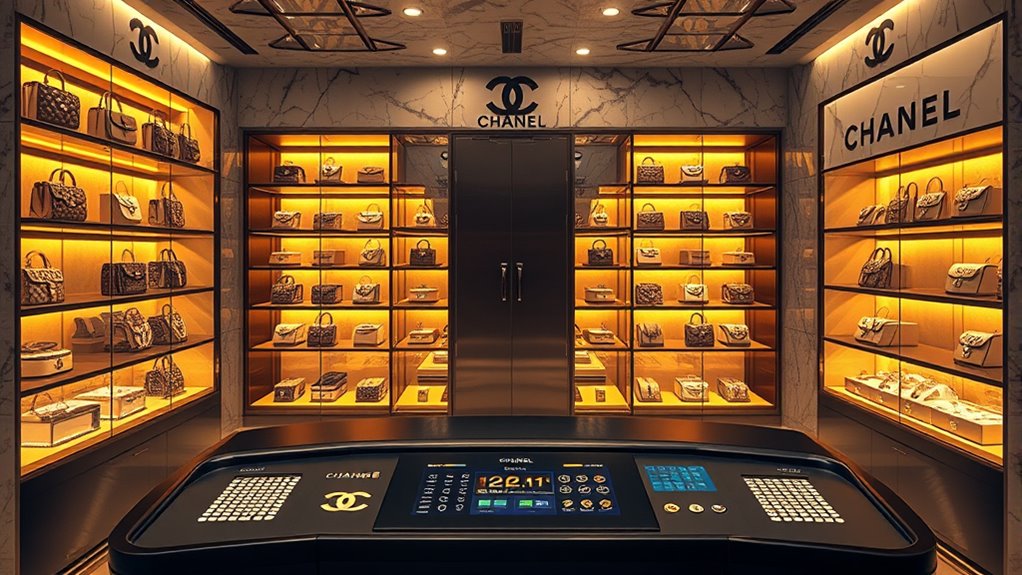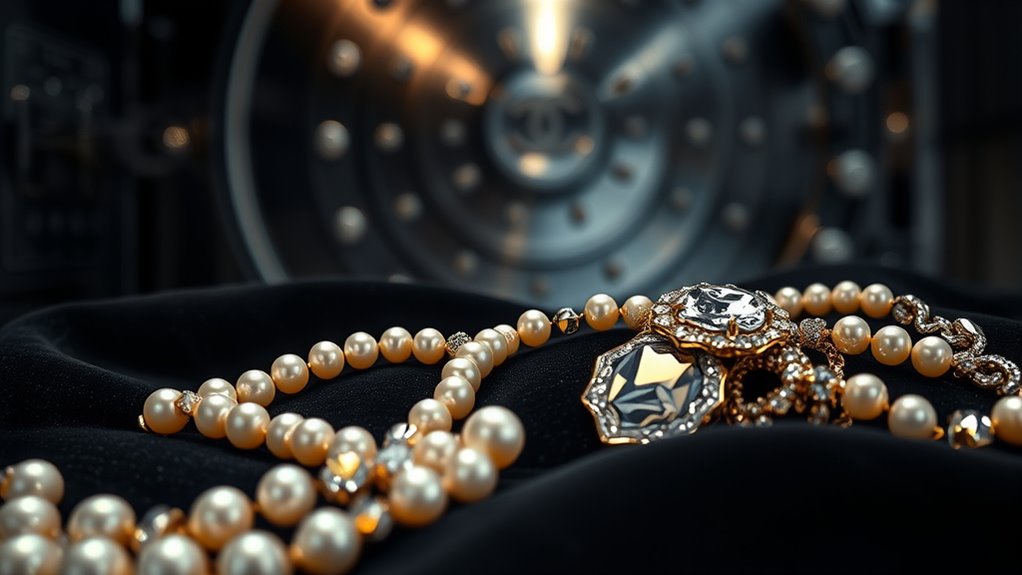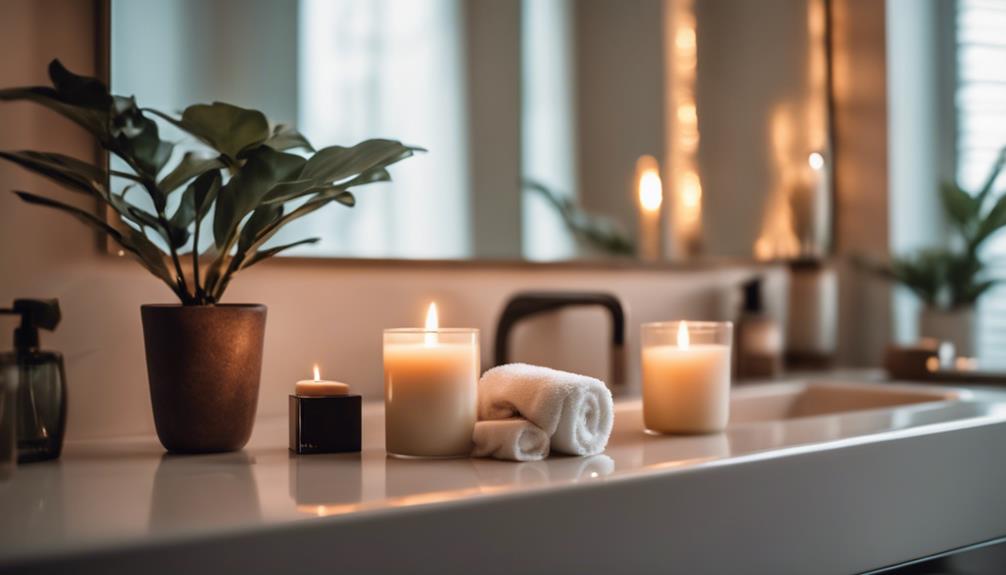Your perception of Chanel’s billion-dollar wealth is well-supported by recent figures showing its projected brand value soaring to around $38 billion by 2025. This surge, driven by revenue growth, strategic initiatives, and global brand expansion, secures its position as one of the top luxury brands worldwide. Chanel’s continuous focus on heritage, innovation, and market dominance guarantees its wealth remains strong. To understand how these factors sustain Chanel’s financial power, explore further details below.

Have you ever wondered how Chanel, a privately owned fashion house, has risen to become a billion-dollar powerhouse in the luxury industry? The answer lies in its strategic initiatives, consistent growth, and strong brand positioning. By 2025, Chanel’s brand value is estimated at around $38 billion, a remarkable increase that propels it to the 46th spot in the Brand Finance Global 500. This achievement not only surpasses longstanding rival Louis Vuitton, which ranks 55th with a valuation of $33 billion, but also marks Chanel’s dominance over the French luxury scene. In fact, Chanel’s 45% surge in brand value in 2025 stands out as the highest growth among luxury brands that year, reflecting its effective efforts to boost visibility and desirability. The total valuation of the top 500 brands reached $9,500 billion in 2025, further emphasizing the luxury sector’s resilience and growth. You’re likely aware that Chanel’s revenue has been steadily climbing, from $8.63 billion in 2016 to $17.22 billion in 2022. This consistent upward trend highlights the brand’s ability to expand its market share while maintaining a premium image. Its brand value has more than tripled in that period, rising from $4.32 billion in 2017 to a hefty $15.26 billion in 2022. These figures demonstrate how Chanel’s investments in heritage and innovation have paid off, securing its position as the third most valuable luxury brand worldwide in 2022 with a valuation of roughly $53 billion—though that figure is based on different metrics from the 2025 estimate. Key initiatives have played a crucial role in this ascent. Celebrating the 100th anniversary of Chanel N°5 in 2025, for example, generated widespread media attention and reinforced the perfume’s iconic status. Simultaneously, Chanel expanded its high-end retail footprint by opening a luxury jewelry boutique on New York’s prestigious 5th Avenue. Appointing Matthieu Blazy as artistic director brought fresh creative energy, resonating with both loyal customers and new audiences. These strategic moves, along with global marketing campaigns, helped enhance brand awareness and deepen customer engagement. Furthermore, the luxury sector’s consistent growth shows a robust demand for premium products, which benefits brands like Chanel. Despite modest growth at competitors like Louis Vuitton, which experienced only a 2.1% increase, Chanel’s rise signifies a shifting landscape among French luxury brands. Hermès, valued at nearly $20 billion, and Dior, recognized as the strongest luxury brand, remain formidable players. Yet, Chanel’s ability to innovate while safeguarding its heritage has solidified its leadership. Owned privately by the Wertheimer family and headquartered in Paris, Chanel’s ongoing expansion continues to strengthen its billion-dollar wealth. With Alain Wertheimer at the helm as CEO, the brand’s future looks poised for further growth, making its new valuation a safeguard for its luxurious legacy.
Frequently Asked Questions
How Was the New Figure for Chanel’s Wealth Determined?
You can see that the new figure for Chanel’s wealth was determined by Brand Finance, which uses a mix of financial data and brand strength indicators. They analyze revenue, marketing investments, customer loyalty, and market trends. By applying proprietary methods, they assess both the financial performance and overall brand power. This extensive approach results in an updated valuation that reflects Chanel’s recent growth and market position, reaching about $37.9 billion in 2025.
What Methods Are Used to Protect Chanel’s Billion-Dollar Assets?
You protect Chanel’s billion-dollar assets through a combination of strict retail control, authentication, and legal enforcement. You enforce a selective distribution system, limiting sales channels and challenging unauthorized resellers. You use unique serial numbers, authenticity cards, and advanced tech like blockchain to verify products. You also pursue legal actions against counterfeiters and unauthorized sales platforms. Continuous security innovations and monitoring help safeguard the brand’s high-value assets from theft and counterfeit infiltration.
Are There Legal or Tax Implications Involved in Safeguarding Such Wealth?
You need to understand that safeguarding such wealth involves complex legal and tax implications. You must guarantee compliance with international tax laws, manage ownership structures like trusts or holding companies, and stay updated on changing regulations. Failure to do so can lead to hefty penalties, audits, or reputational damage. By working with legal and tax advisors, you can create strategies that protect your assets while minimizing legal risks and optimizing tax efficiency.
How Does Chanel’s Wealth Compare to Other Luxury Brands?
You know what they say, “comparison is the thief of joy,” but in this case, it highlights Chanel’s impressive standing. Chanel’s brand value of $37.9 billion surpasses Louis Vuitton’s $32.9 billion, placing it second globally. Compared to other luxury brands like Porsche at $41.1 billion or Dior at $17.3 billion, Chanel’s strategic growth and fresh appeal keep it ahead of many competitors, solidifying its luxury powerhouse status.
Will the New Figure Impact Chanel’s Future Strategic Decisions?
Yes, the new leadership will influence Chanel’s strategic decisions. You’ll see a stronger focus on sustainability, with commitments to net-zero emissions and eco-friendly products, aligning with consumer values. Gender diversity and philanthropy will also shape policies, fostering innovation and social responsibility. Nair’s global experience will encourage agility and adaptability, helping Chanel stay competitive in an evolving luxury market while maintaining its exclusivity and brand prestige.
Conclusion
Imagine holding a fragile diamond in your hand, each facet representing a billion-dollar Chanel treasure. Just like expert jewelers protect their most prized pieces, you now understand the importance of safeguarding your wealth. With new figures revealing the true extent of Chanel’s riches, it’s clear that careful planning is essential. Your financial future is a delicate masterpiece—you wouldn’t leave it unguarded, so why not take steps to preserve your own sparkling legacy?









